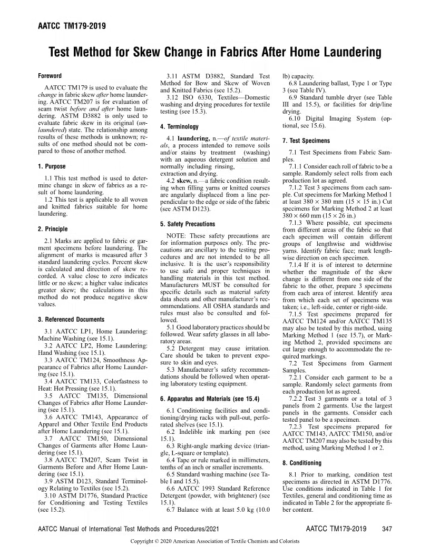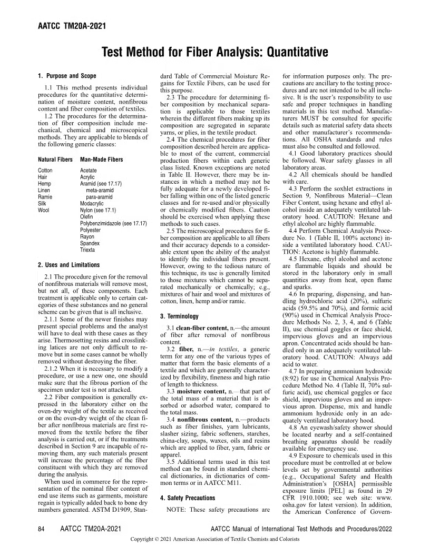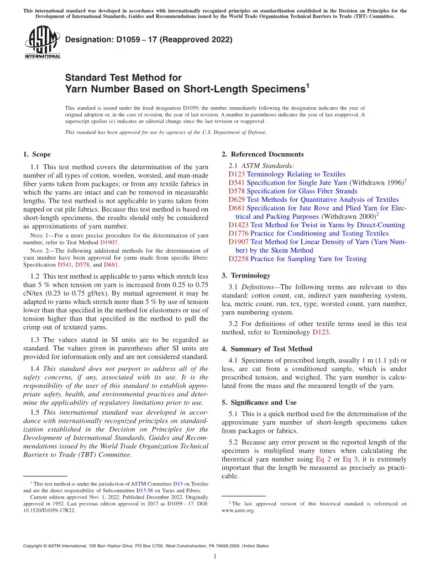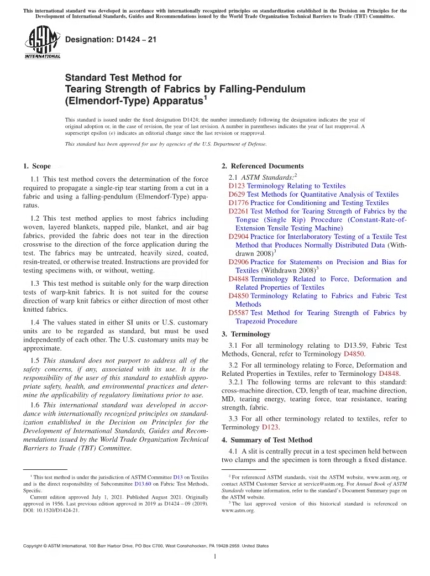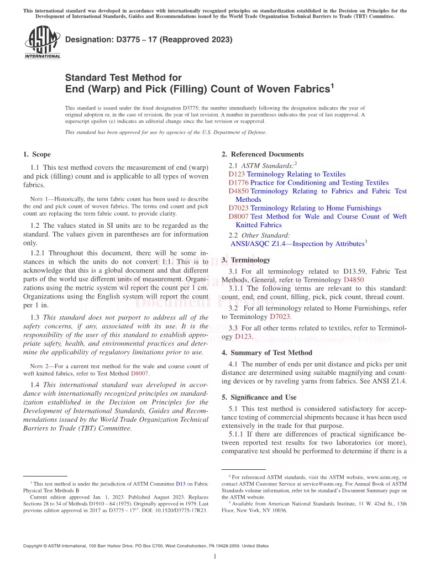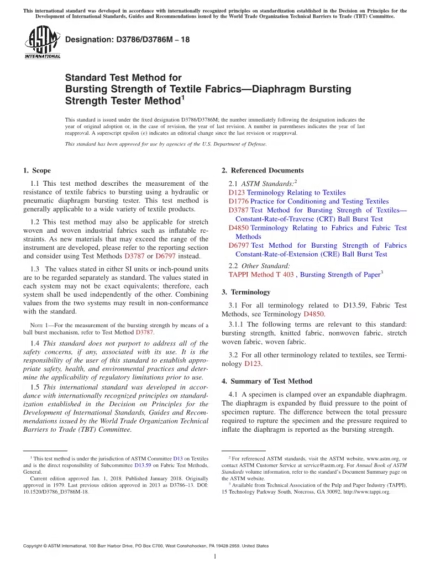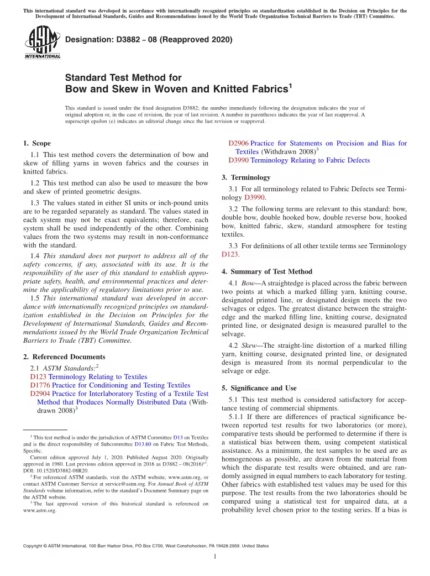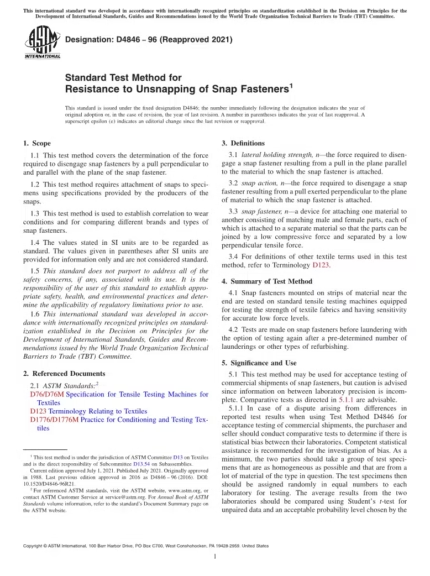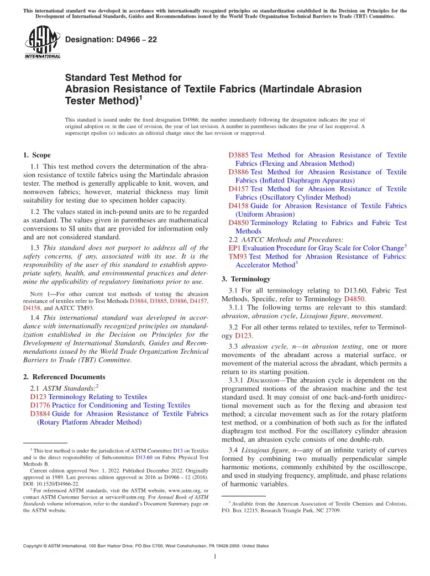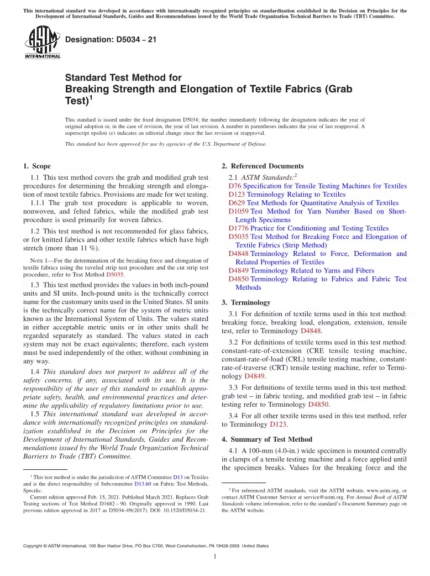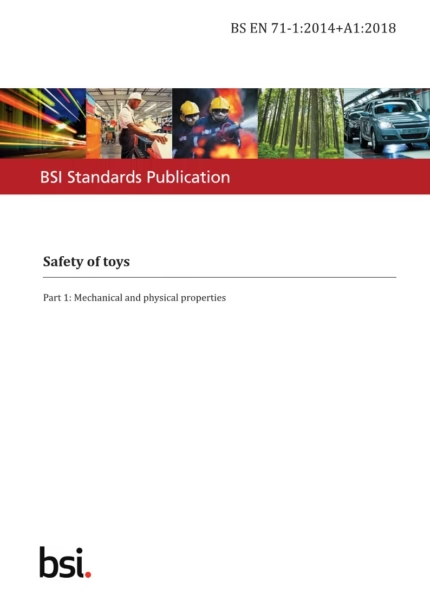Showing 1–12 of 38 results
AATCC 179: Skewness and Bow in Woven and Knit Fabrics
AATCC 179: Skewness and Bow in Woven and Knit Fabrics
Ensure fabric quality and compliance with AATCC 179, the industry-standard test method developed by the American Association of Textile Chemists and Colorists. This method provides a reliable procedure for measuring skewness and bow—common distortions in woven and knitted fabrics that can affect the final appearance and performance of textile products.
AATCC 20A: Quantitative Fiber Analysis Standard – Identify Fiber Content in Textiles with Accuracy
AATCC 20A: Quantitative Fiber Analysis Standard – Identify Fiber Content in Textiles with Accuracy
Looking for a trusted method to determine the fiber composition of textiles? AATCC 20A (Quantitative Analysis of Fiber Mixtures) is the globally recognized standard test method published by the American Association of Textile Chemists and Colorists (AATCC). This method provides accurate, repeatable procedures for determining the percentage of different fibers in a blended textile product.
Key Benefits:
-
Accurate fiber identification and quantification
-
Applicable to a wide range of natural and synthetic fibers
-
Supports compliance with global textile labeling regulations
-
Ideal for quality control, textile testing laboratories, and product development
-
Essential for verifying fiber blend ratios in garments, fabrics, and raw materials
ASTM D1059 – Standard Test Method for Yarn Number Based on Short-Length Specimens | PDF Download
Product Details:
-
Standard Number: ASTM D1059
-
Title: Standard Test Method for Yarn Number Based on Short-Length Specimens
-
Format: Digital PDF
-
Language: English
-
Publisher: ASTM International
-
Status: Current
-
Access: Instant download upon purchase
ASTM D1424 – Tearing Strength of Fabrics by Falling-Pendulum (Elmendorf) Apparatus
ASTM D1424 – Tearing Strength of Fabrics by Falling-Pendulum (Elmendorf) Apparatus
ASTM D1424 is the globally recognized standard test method for determining the tearing strength of textile fabrics using the falling-pendulum (Elmendorf) apparatus. This method is essential for measuring a fabric’s resistance to tearing after an initial cut, providing critical data for product development, quality control, and material performance analysis.
✅ Key Features:
-
Measures tear strength in both woven and nonwoven fabrics
-
Uses the reliable Elmendorf tear tester method
-
Ideal for evaluating durability, toughness, and fabric performance
-
Suitable for textile, industrial fabric, and apparel testing
ASTM D3775 – Standard Test Method for Fabric Count of Woven Fabrics | PDF Download
ASTM D3775 is a widely used international standard that specifies the method for determining the fabric count of woven textiles. Fabric count refers to the number of warp (lengthwise) and filling (crosswise) yarns per unit length of fabric. This standard is essential for assessing fabric construction, density, and overall quality, especially in the textile, apparel, and home furnishing industries.
Accurate fabric count measurement is critical for product performance, appearance, and compliance with industry specifications. ASTM D3775 provides a reliable procedure for counting yarns using either manual or automated methods.
Product Details:
-
Standard Number: ASTM D3775
-
Title: Standard Test Method for Fabric Count of Woven Fabrics
-
Format: Digital PDF
-
Language: English
-
Publisher: ASTM International
-
Status: Current
-
Access: Instant download after purchase
ASTM D3786 – Standard Test Method for Bursting Strength of Textile Fabrics – Diaphragm Bursting Strength Tester Method | PDF Download
Product Details:
-
Standard Number: ASTM D3786
-
Title: Standard Test Method for Bursting Strength of Textile Fabrics – Diaphragm Bursting Strength Tester Method
-
Format: Digital PDF
-
Language: English
-
Publisher: ASTM International
-
Status: Current
-
Access: Instant download after purchase
ASTM D3882 – Standard Test Method for Bow and Skew in Woven and Knitted Fabrics | PDF Download
ASTM D3882 is a key international standard that outlines the procedure for measuring bow and skew distortion in woven and knitted fabrics. These distortions occur when yarns are not aligned properly, affecting the appearance, fit, and quality of textile products. This test method is essential for identifying fabric defects during manufacturing and ensuring compliance with quality specifications.
By using ASTM D3882, manufacturers, textile processors, and quality control labs can assess the degree of misalignment in fabrics and take corrective action before the fabric is used in garments, upholstery, or industrial applications.
Product Details:
-
Standard Number: ASTM D3882
-
Title: Standard Test Method for Bow and Skew in Woven and Knitted Fabrics
-
Format: Digital PDF
-
Language: English
-
Publisher: ASTM International
-
Status: Current
-
Access: Instant download after purchase
ASTM D4846 – Standard Test Method for Abrasion Resistance of Textile Fabrics – Inflated Diaphragm Method | PDF Download
Product Details:
-
Standard Number: ASTM D4846
-
Title: Standard Test Method for Abrasion Resistance of Textile Fabrics – Inflated Diaphragm Method
-
Format: Digital PDF
-
Language: English
-
Publisher: ASTM International
-
Status: Current
-
Access: Instant download after purchase
ASTM D4966 – Standard Test Method for Abrasion Resistance of Textile Fabrics (Martindale Abrasion Tester Method)
ASTM D4966 – Standard Test Method for Abrasion Resistance of Textile Fabrics (Martindale Abrasion Tester Method)
ASTM D4966 is the internationally recognized standard for measuring the abrasion resistance of textile fabrics using the Martindale Abrasion Tester. This method evaluates how well a fabric resists surface wear and pilling caused by rubbing, making it essential for determining durability in apparel, upholstery, and technical textiles.
Format : PDF
Language : English
✅ Key Features:
-
Assesses abrasion resistance through controlled rubbing cycles
-
Suitable for a wide range of fabrics including woven, knitted, and nonwoven materials
-
Provides standardized, reproducible results using the Martindale testing method
-
Supports product development, quality assurance, and compliance with performance standards
ASTM D4970/D4970M-22 – Standard Test Method for Pilling Resistance and Other Related Surface Changes of Textile Fabrics: Martindale Tester | PDF Download
Product Details:
-
Standard Number: ASTM D4970/D4970M-22
-
Title: Standard Test Method for Pilling Resistance and Other Related Surface Changes of Textile Fabrics: Martindale Tester
-
Format: Digital PDF
-
Language: English
-
Publisher: ASTM International
-
Status: Current
-
Access: Instant download after purchase
ASTM D5034 – Standard Test Method for Breaking Strength and Elongation of Textile Fabrics (Grab Test) | PDF Download
ASTM D5034 is an internationally recognized standard test method developed by ASTM International. It outlines the procedure for determining the breaking strength and elongation of textile fabrics using the grab test. This method is especially relevant for testing woven, nonwoven, and bonded fabrics, making it essential for manufacturers, quality control labs, and textile product developers.
The grab test simulates the kind of stress a fabric might experience during actual use. By applying force to a specific portion of the fabric, this method provides reliable data on its tensile strength and elongation properties. The results help ensure the durability, quality, and performance of textile materials used in clothing, upholstery, industrial textiles, and more.
Product Details:
-
Standard Number: ASTM D5034
-
Title: Standard Test Method for Breaking Strength and Elongation of Textile Fabrics (Grab Test)
-
Format: Digital PDF
-
Language: English
-
Publisher: ASTM International
-
Status: Current
-
Access: Instant download upon purchase
BS EN 71-1:2014+A1:2018 Safety of toys – Mechanical and physical properties
Product Details:
-
Standard Number: BS EN 71-1:2014+A1:2018
-
Title: Safety of Toys – Mechanical and Physical Properties
-
Publisher: British Standards Institution (BSI)
-
Scope: Applies to all toys intended for children under 14 years
-
Format Available: PDF download
-
Pages: Varies depending on format
-
Language: English
-
Status: Current and active version
-
Complies with EU Toy Safety Directive 2009/48/EC

